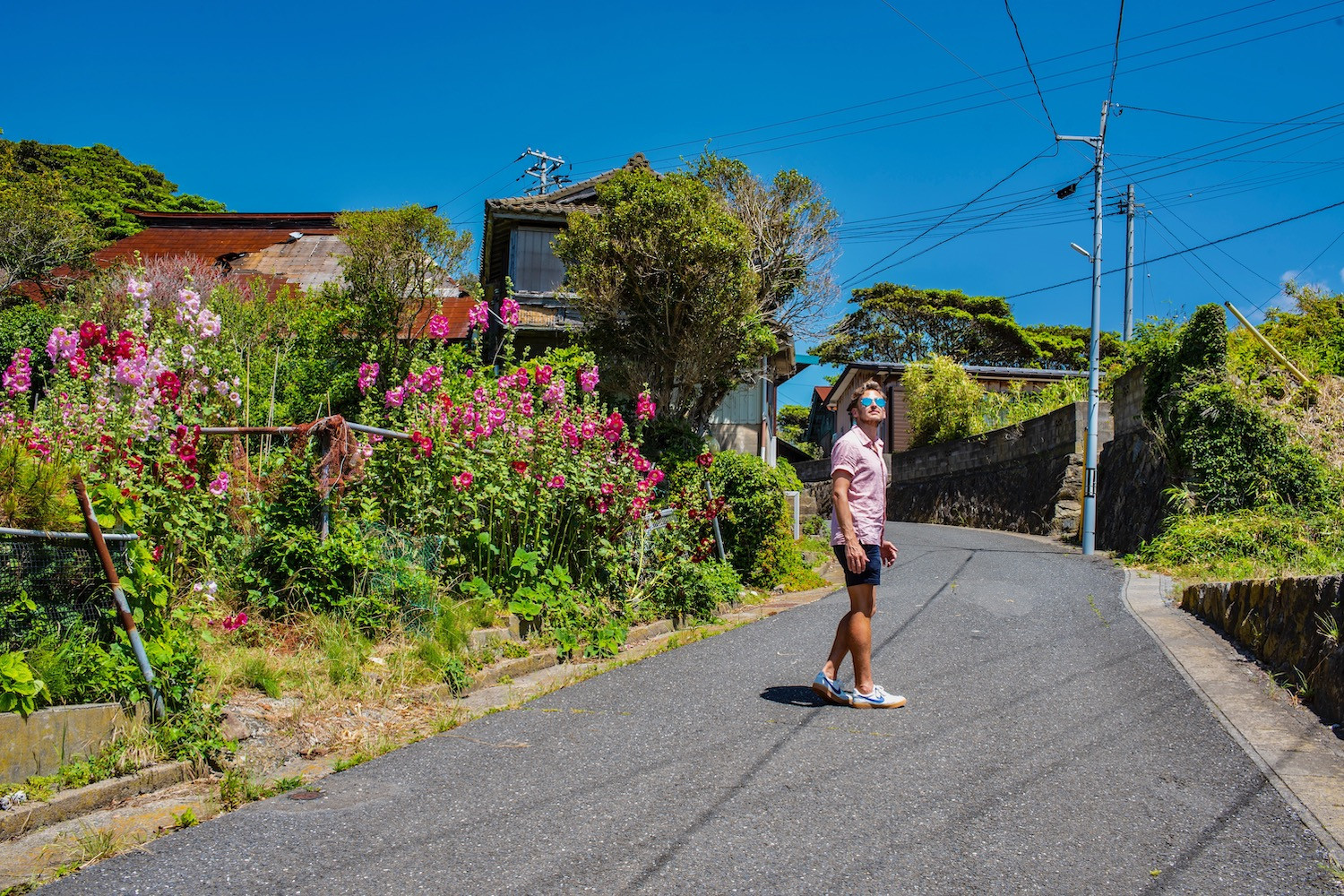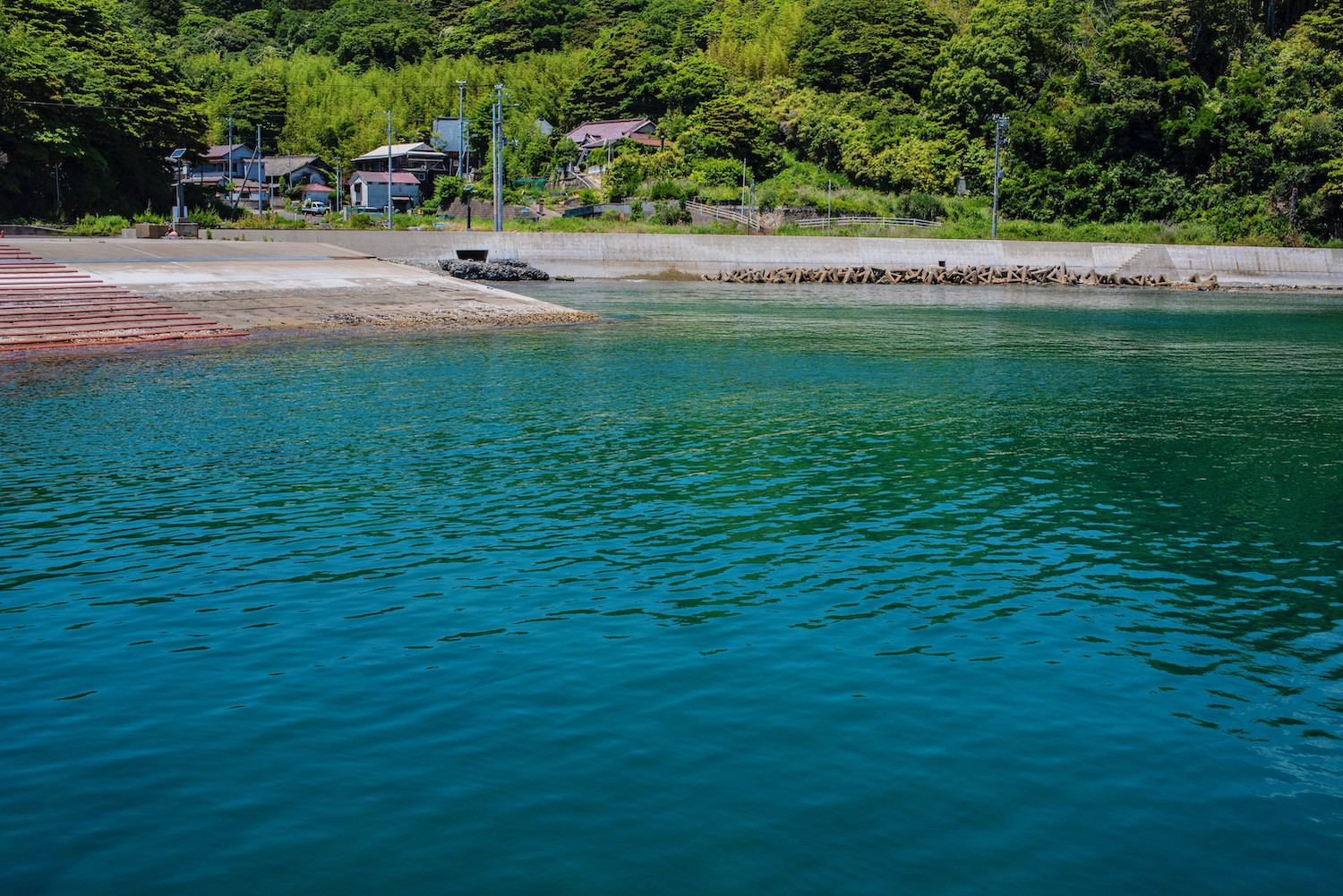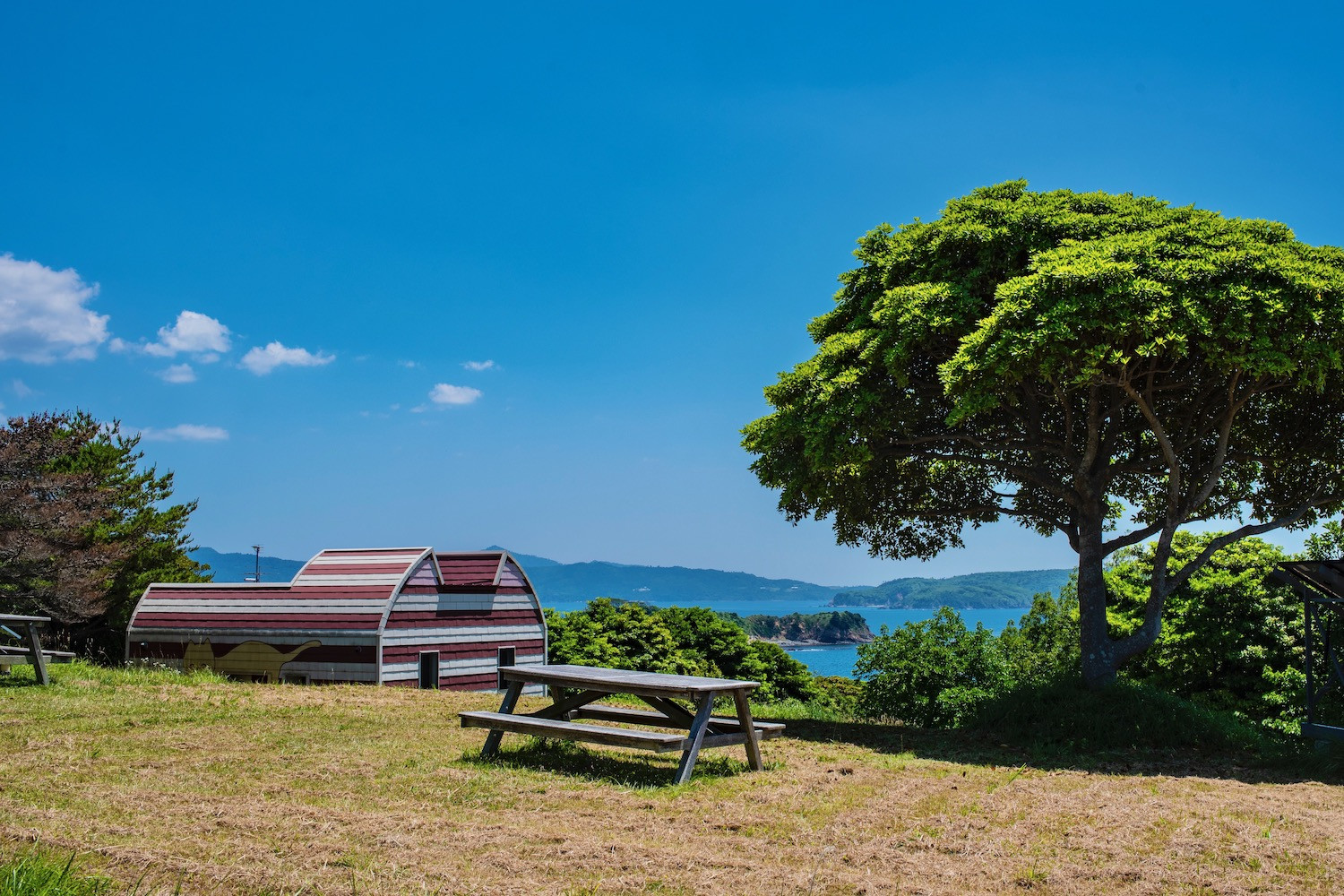On my initial foray into the Land of the Rising Sun over a decade ago, I operated under the assumption it would be a singular experience. Consequently, my itinerary incorporated some…unconventional locales, notably a couple of Japan’s famed “animal islands.”
However, my visits to both Rabbit Island in Hiroshima and Cat Island near Sendai left me somewhat underwhelmed. Social media had painted a picture of overwhelming animal presence, which didn’t quite match reality. Perhaps, I mused, I simply had bad luck.
This year (2024), I decided to revisit a Japan Cat Island to reassess my initial impressions. Keep reading to discover my updated conclusions about these much-hyped destinations.
Need personalized help planning your Japan trip? Commission a custom Japan itinerary!
The Truth About Japan Cat Island: Separating Fact from Fiction
I can’t pinpoint exactly when the allure of Japan cat island first permeated my social media feeds. It was definitely before my first Japan trip – the very reason it made the list! I also can’t recall definitively which cat island I was initially captivated by. While I chose to visit Tashirojima, near Sendai, I now suspect the viral images I saw might have originated from Aoshima, a cat island I haven’t yet explored, situated off the coast of Shikoku.
While I can’t definitively comment on whether Aoshima, the Shikoku cat island, is as sparsely populated with felines as its Sanriku counterpart (Tashirojima), I suspect similar “smoke and mirrors” might be at play in its viral fame. My experience on Okunoshima, the “rabbit island” near Hiroshima, certainly suggests a pattern of amplified online expectations.
Exploring Tashirojima: What to Do on Japan’s Cat Island near Sendai
Nitoda Town: The Heart of Tashirojima
 Alt text: Traditional Japanese architecture in Nitoda town, Tashirojima cat island, with palm trees and the sea in the background.
Alt text: Traditional Japanese architecture in Nitoda town, Tashirojima cat island, with palm trees and the sea in the background.
For me, Nitoda, Tashirojima’s main village, is a highlight in itself, cats or no cats. Imagine quintessential anime-esque Japanese rural architecture nestled under palm trees, overlooking a shimmering sea. Intriguingly, many of these buildings appear quite old, a detail that stands out considering the island’s location directly in the tsunami’s path. The charm of Nitoda lies in its tranquil atmosphere and picturesque scenery, offering a glimpse into rural Japanese island life, even before you encounter any feline residents.
Lunch with a Feline Flair
 Alt text: Cat-shaped tofu in udon soup served at a cafe on Tashirojima cat island, Japan.
Alt text: Cat-shaped tofu in udon soup served at a cafe on Tashirojima cat island, Japan.
Food options on Japan cat island Sendai are limited but thankfully, they do exist. This wasn’t the case during my initial 2014 visit, making the current situation a welcome improvement. Nankyo Kyowakoku Shimanoeki, a comfortable cafe conveniently located near the cat shrine (more on that shortly), is a great choice. They serve delicious cut udon soup featuring adorable cat-shaped tofu. Alternatively, you can check out Kuronekodo, a small cafe situated in Nitoda itself, providing another option for a local bite.
Miyori Shrine: A Purrfectly Decorated Sanctuary
 Alt text: Cat decorations at Miyori Shrine on Tashirojima, Japan’s cat island.
Alt text: Cat decorations at Miyori Shrine on Tashirojima, Japan’s cat island.
On this recent visit, luck was on my side, and I did spot a few felines around Miyori Shrine. Otherwise, the shrine primarily features man-made objects adorned with cat decorations, reinforcing the island’s theme. However, during my 2014 trip, the shrine was devoid of actual cats, making the walk from Nitoda feel somewhat anticlimactic. This time, the presence of a few cats enhanced the experience and validated the “cat shrine” designation.
Odomari Port: A Quieter Side of Cat Island Japan
 Alt text: Walking path to Odomari port on Tashirojima cat island, offering scenic views of rural Japan.
Alt text: Walking path to Odomari port on Tashirojima cat island, offering scenic views of rural Japan.
If you allocate more than a couple of hours to your Japan cat island adventure (easily doable if you catch the first ferry from Ishinomaki), I highly recommend a walk to Odomari. This “other” port is about a 30-minute walk from Nitoda, or a mere 15 minutes from Miyori Shrine. Odomari exudes an even quieter ambiance than Nitoda and presents a slightly different atmosphere, although, on my visit, it didn’t offer any more cat sightings. The walk itself is pleasant and offers further immersion into the island’s peaceful landscapes.
Manga Island: Camp with Cat-Themed Cabins
 Alt text: Cat-shaped cabins at the Manga Island campground on Tashirojima, a unique accommodation option on Japan’s cat island.
Alt text: Cat-shaped cabins at the Manga Island campground on Tashirojima, a unique accommodation option on Japan’s cat island.
Just as the notion of no food options on Tashirojima is outdated, so is the idea of no accommodation. While not luxurious, the Manga Island campground offers a unique stay. The cat-shaped accommodations are certainly more distinctive than typical tents, adding a novelty factor to your visit. I haven’t personally stayed overnight yet, but it’s on my radar for a future, more immersive Japan cat island experience.
Aoshima: Japan’s Other Famous Cat Island
Although I may have inadvertently seen images of Aoshima, the name “Aoshima” only entered my awareness years after my first Japan trip. Frankly, by that point, I was skeptical about revisiting any “cat island,” making it seem irrelevant. However, I must admit, my curiosity about Aoshima is now piqued.
Reaching cat island Shikoku, specifically Aoshima, involves a more significant journey. You’d need to travel to Matsuyama (likely via plane from Tokyo) and then take the JR Yosan Line to Iyo-Nagahama. From there, ferries operate somewhat regularly to and from Aoshima. Whether Aoshima boasts a significantly higher cat population than Tashirojima remains to be seen, but the trek itself adds to the sense of adventure.
 Alt text: Coastal scenery of Aoshima, another famous cat island in Japan known for its feline population.
Alt text: Coastal scenery of Aoshima, another famous cat island in Japan known for its feline population.
FAQ About Japan’s Cat Islands
How Many Cats Live on Cat Island in Japan?
While it’s often claimed that cats outnumber humans on Tashirojima, a closer look reveals a more nuanced reality. The island’s permanent human population is only around 100. While 100 cats is not insignificant, they are dispersed across the island, meaning you won’t necessarily encounter hordes of felines at every turn. The cat population fluctuates, and sightings vary depending on location and time of day.
Do People Live on Cat Island Japan?
Yes, both Tashirojima, the “cat island” near Ishinomaki, and Aoshima are inhabited. Approximately 100 residents live permanently on Tashirojima. Aoshima’s human population is even smaller, with only a handful of residents remaining. On any given day, it’s quite possible that tourists outnumber the local human inhabitants on both Japan cat islands.
Why Are There So Many Cats on Cat Island?
The relatively high cat populations on Japan’s cat islands are attributed to a couple of key factors. Firstly, in the past, many island residents chose not to spay or neuter their cats. Secondly, despite the lack of sterilization, the cats were generally cared for, allowing them to reproduce and thrive. This combination of factors led to the establishment of significant feline communities on these islands.
The Bottom Line: Realistic Expectations for Your Japan Cat Island Trip
If you’re envisioning a truly overwhelming feline experience, Japan cat island might leave you slightly disappointed. While cats are present, social media often exaggerates their density and overall numbers. For an intense cat encounter, a cat café in Tokyo or Osaka might be a more direct route to feline immersion.
However, if you plan to visit Sendai or Ishinomaki, Tashirojima (its actual name) is undoubtedly a worthwhile day trip. Its beauty and tranquility alone are compelling reasons to visit. The cats are an added bonus, enhancing the charm of this unique Japanese island, but managing expectations is key to a fulfilling experience.
Planning your Japan adventure? Let me help you create the perfect itinerary!


